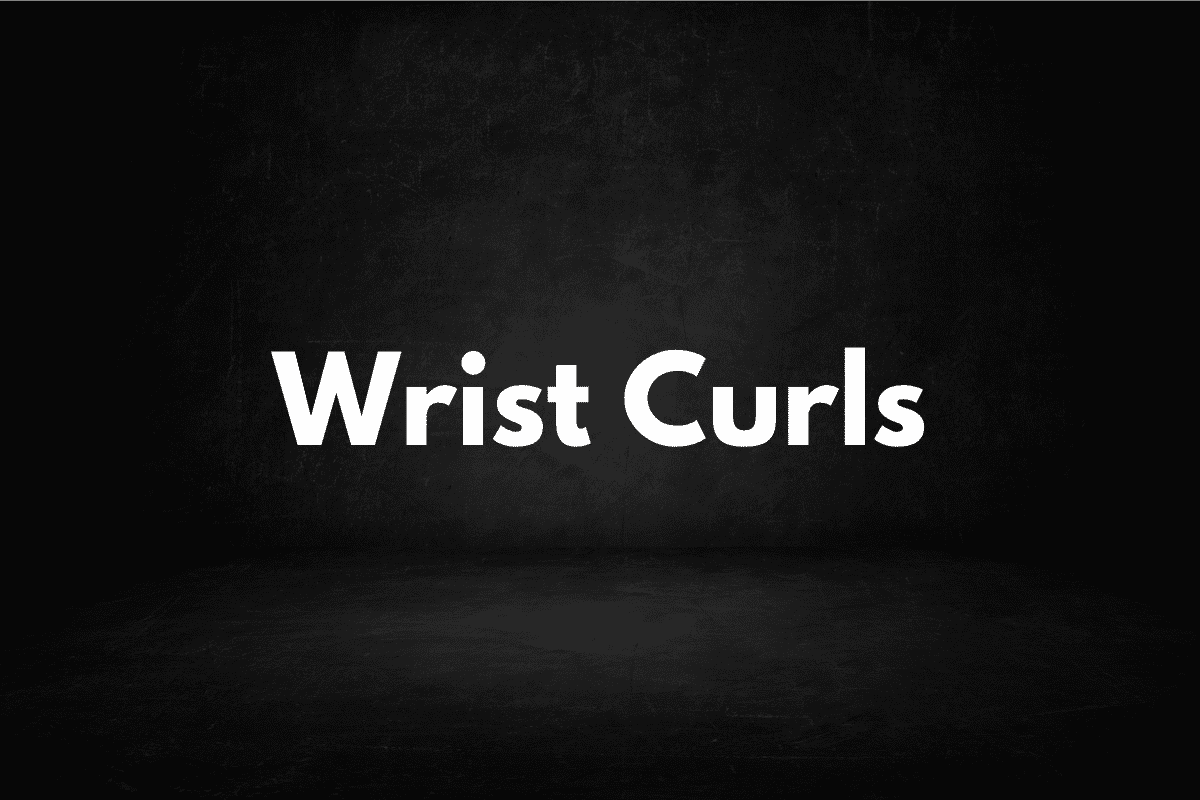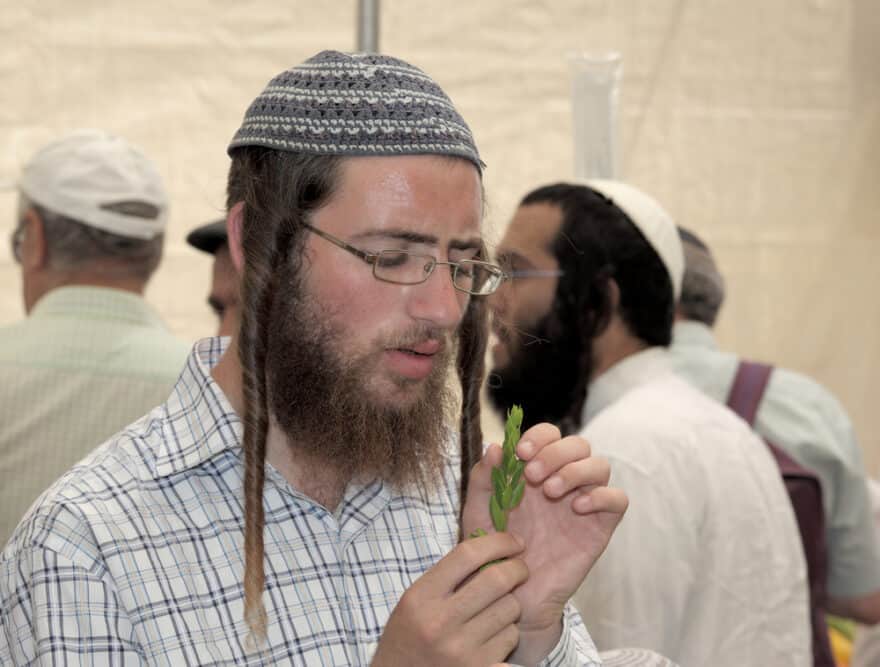White people curls have always been a fascinating subject for many, whether you're exploring the science behind curly hair, its cultural significance, or simply trying to find the best ways to care for it. If you're someone with naturally curly hair or just interested in learning more, you're in the right place. This article will provide a thorough exploration of white people curls, from their biology to styling techniques.
Curly hair, regardless of ethnic origin, comes in various textures and patterns. For those with white ancestry, curls can range from loose waves to tight ringlets. Understanding the unique characteristics of white people curls is essential for maintaining healthy hair and embracing one's natural texture.
In this guide, we will delve into the science of curly hair, explore its cultural significance, and discuss practical tips for maintaining and styling white people curls. By the end of this article, you will have a deeper understanding of what makes curly hair unique and how to care for it effectively.
Read also:Brian Reed Podcasts The Story Behind The Success
Table of Contents
- The Biology of White People Curls
- Types of White People Curls
- Caring for White People Curls
- Styling Techniques for White People Curls
- Best Products for White People Curls
- Common Myths About White People Curls
- Health Concerns for Curly Hair
- The Historical Significance of Curly Hair
- Curly Hair in Fashion and Media
- Tips for Embracing Your Natural Curls
The Biology of White People Curls
Curly hair in white people is primarily determined by genetics. The shape of the hair follicle plays a significant role in determining whether hair will be straight, wavy, or curly. Hair follicles that are oval-shaped produce curly hair, while round follicles produce straight hair. White people curls can vary widely in texture, from loose waves to tight spirals.
Research has shown that curly hair is caused by a combination of genetic factors. A study published in The Journal of Investigative Dermatology identified specific genes associated with curly hair, including the trichohyalin gene. These genetic variations are responsible for the diverse range of curl patterns observed in people of European descent.
Factors Influencing Curl Patterns
Several factors can influence the appearance of curls:
- Hormonal Changes: Hormones such as estrogen and testosterone can affect hair texture and curl pattern.
- Environmental Factors: Humidity, temperature, and pollution can all impact the appearance of curls.
- Age: As people age, their hair texture may change, leading to variations in curl patterns.
Types of White People Curls
White people curls can be categorized into different types based on their texture and pattern. The most commonly used classification system is the Andre Walker Hair Typing System, which divides hair into four main categories: Type 1 (straight), Type 2 (wavy), Type 3 (curly), and Type 4 (coily). Within these categories, there are subtypes that describe the specific characteristics of each curl pattern.
Subtypes of White People Curls
Here are some examples of curl types commonly found in white people:
- Type 2A: Fine, loose waves with a smooth texture.
- Type 2B: Medium waves with more defined S-patterns.
- Type 3A: Loose curls with a bouncy texture.
- Type 3B: Tight curls with a corkscrew-like appearance.
Caring for White People Curls
Proper care is essential for maintaining healthy white people curls. Since curly hair tends to be drier than straight hair, it requires special attention to ensure it stays hydrated and nourished. Here are some tips for caring for your curls:
Read also:Sport Headbands The Ultimate Guide To Staying Cool And Composed During Workouts
Key Steps in Curl Care
- Use Gentle Shampoos: Look for sulfate-free shampoos that won't strip your hair of its natural oils.
- Condition Regularly: Deep conditioning treatments can help keep curls hydrated and reduce frizz.
- Avoid Heat Styling: Excessive heat can damage curly hair, so try to minimize the use of heat tools.
Styling Techniques for White People Curls
Styling white people curls requires a delicate balance between enhancing natural texture and avoiding damage. Here are some popular styling techniques:
Popular Styling Methods
- Plopping: This involves wrapping your hair in a microfiber towel to absorb excess moisture while preserving curl definition.
- Diffusing: Using a diffuser attachment on your hairdryer can help set curls without causing frizz.
- Twist-Out: Twisting sections of hair and allowing them to dry before unraveling creates defined curls.
Best Products for White People Curls
Selecting the right products is crucial for achieving healthy and beautiful curls. Here are some of the best products recommended for white people curls:
Recommended Products
- Devacurl No-Poo Original Cleanser: A sulfate-free cleanser that gently removes buildup without stripping hair of its natural oils.
- Shea Moisture Curl & Stretch Leave-In Conditioner: Provides hydration and helps define curls.
- Ouidad Advanced Climate Control Heat and Humidity Gel: Protects curls from humidity and heat damage.
Common Myths About White People Curls
There are several myths surrounding white people curls that can lead to misinformation. Here are some common myths and the truth behind them:
Debunking Curl Myths
- Myth: Curly hair is naturally frizzy. Truth: Frizz is often caused by environmental factors and improper care. Proper hydration and styling techniques can minimize frizz.
- Myth: Curly hair doesn't need moisture. Truth: Curly hair is more prone to dryness and requires regular hydration to maintain its health.
Health Concerns for Curly Hair
Curly hair, including white people curls, can be prone to certain health concerns. These include dryness, breakage, and scalp issues. Regular maintenance and a healthy lifestyle can help mitigate these concerns.
Addressing Common Health Issues
- Moisture Deficiency: Use hydrating products and deep conditioning treatments to combat dryness.
- Breakage: Avoid over-manipulation and use gentle styling techniques to reduce breakage.
The Historical Significance of Curly Hair
Curly hair has played an important role in history and culture. In many societies, curly hair has been associated with beauty, individuality, and self-expression. Understanding the historical significance of curly hair can help us appreciate its cultural value.
Cultural Impact of Curly Hair
- Art and Literature: Curly hair has been depicted in art and literature as a symbol of beauty and vitality.
- Fashion Trends: Throughout history, curly hair has been a popular fashion trend, with various styles emerging in different eras.
Curly Hair in Fashion and Media
In recent years, there has been a growing appreciation for curly hair in fashion and media. Celebrities and influencers are embracing their natural curls, inspiring others to do the same. This shift reflects a broader movement toward body positivity and self-acceptance.
Embracing Natural Curls in Media
- Representation Matters: Seeing diverse hair textures represented in media helps normalize curly hair and encourages acceptance.
- Brand Partnerships: Many haircare brands are collaborating with curly hair advocates to promote products that cater to curly textures.
Tips for Embracing Your Natural Curls
Embracing your natural curls can be a liberating experience. Here are some tips to help you love and celebrate your hair:
Practical Tips for Embracing Curls
- Experiment with Styles: Try different styling techniques to find what works best for your curls.
- Focus on Self-Care: Prioritize hair health and self-care to maintain beautiful, healthy curls.
- Join Online Communities: Connect with others who share your hair type for tips, support, and inspiration.
Conclusion
In conclusion, white people curls are a unique and beautiful expression of individuality. By understanding the biology, care, and cultural significance of curly hair, you can better appreciate and care for your natural texture. We encourage you to embrace your curls and share your journey with others. Don't forget to leave a comment, share this article, and explore more content on our website!


